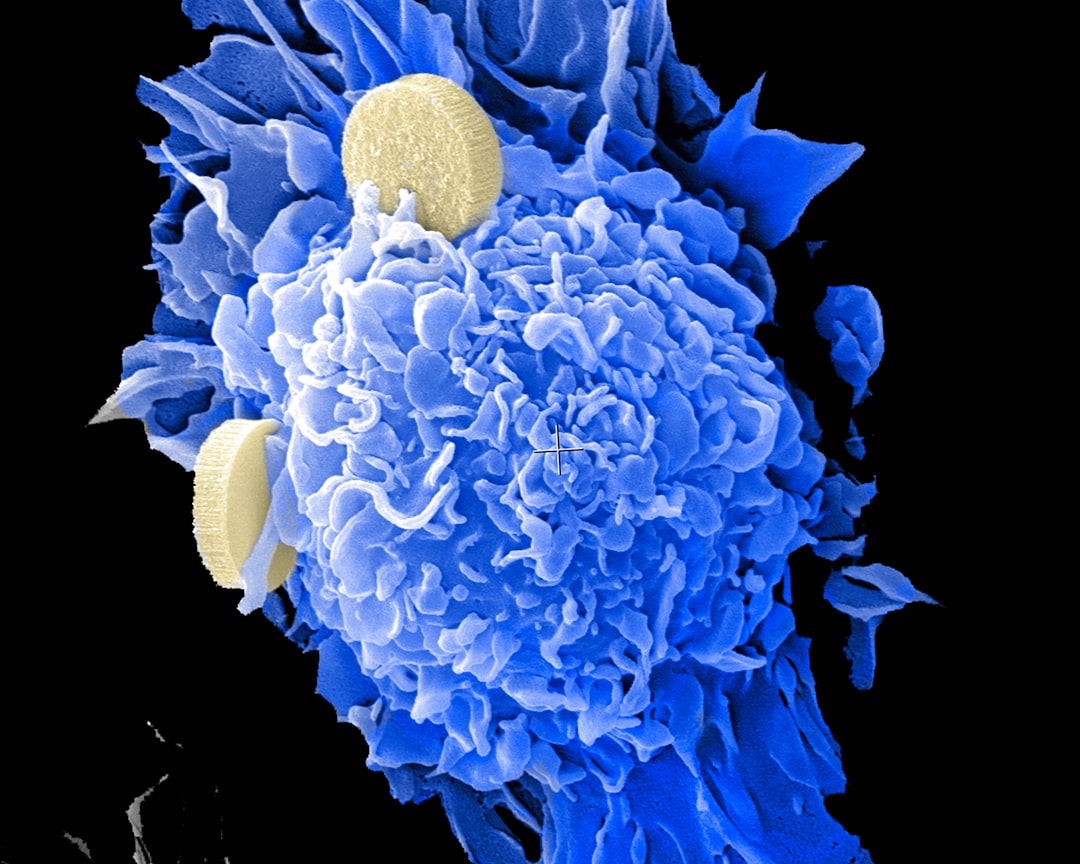
Complexity principles are very important for reducing difficulty while at the same time continuously attaining the requirements of the product, process, and system. A crucial factor affecting the complexity of assembly is material selection. The material used for a product will be closely linked to the handling and insertion process. In a previous study, the methods used to select materials and assembly processes have been developed separately. In this study, those methods will be developed together into a single entity with respect to the complexity of each process. Scientific information about this matter has yet to be revealed, so it still requires intensive study. Hence, the study aims to promote a new way to measure the complexity of parts assembly by examining the material selection parameters. The proposed method involves material coefficients in establishing an assembly complexity index and consists of two phases. Numerical examples are provided to illustrate the suggested design comprehensively, which uses three material variants in piston products to calculate the complexity index of the assembly process. Variants with a small complexity index are ideal and facilitate the assembly process.
The study creates a material coefficient model to specify the assembly process, where each component has various coefficient values. The material coefficient describes the value of material characteristics related to the assembly method, namely the process of handling and insertion. The material selection requires a clear understanding of the assembly requirements for each component. The related material characteristics are density, fracture toughness, Young's modulus, elastic limit, tensile strength, elongation, and hardness. Assessment of the complexity index using methods from previous studies obtained 6.02. Using the present method, 5.777 were obtained for variant 1 and 5.769 for the second variant. The mean complexity value is compatible with the material coefficient and assembly time



